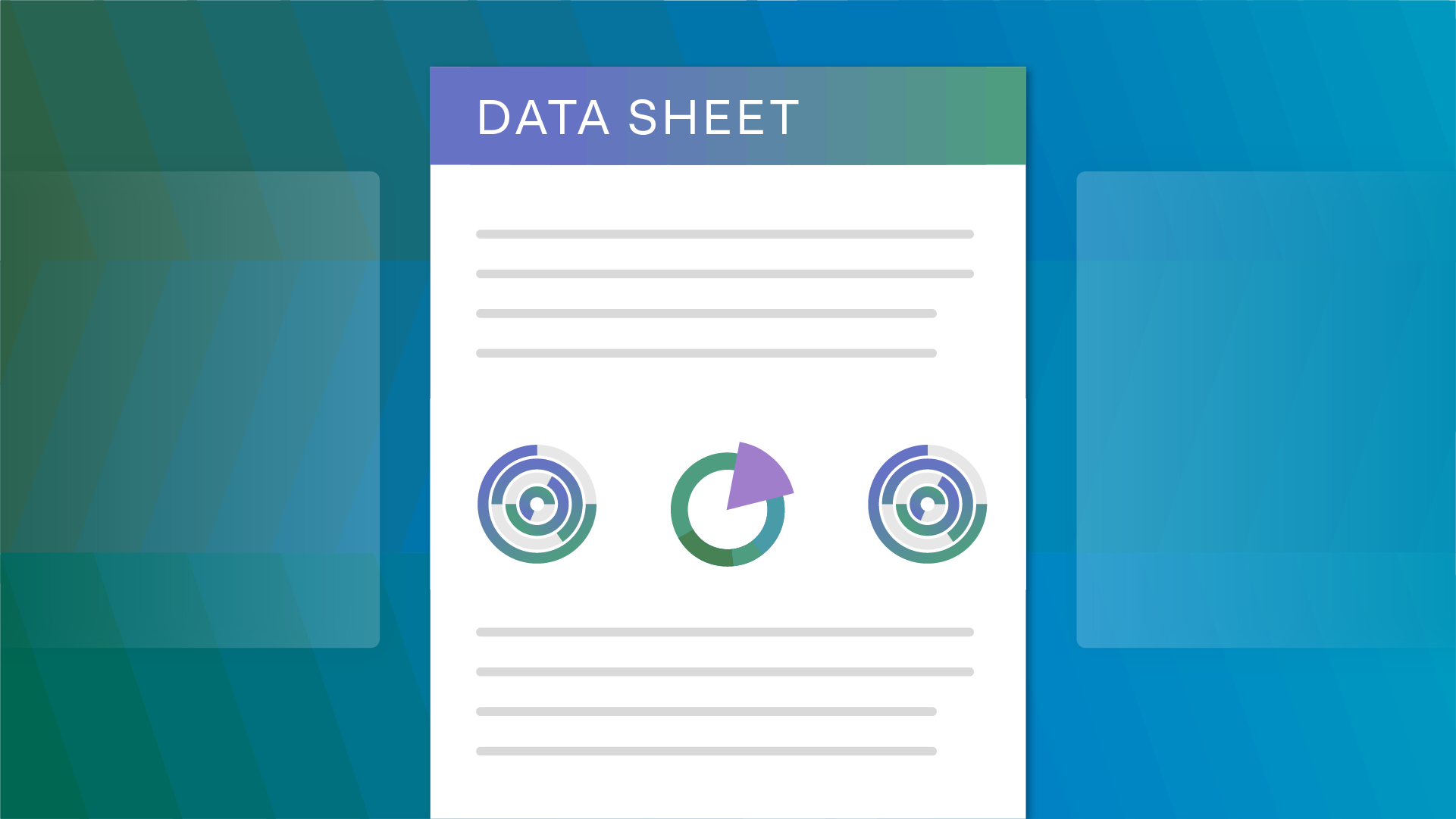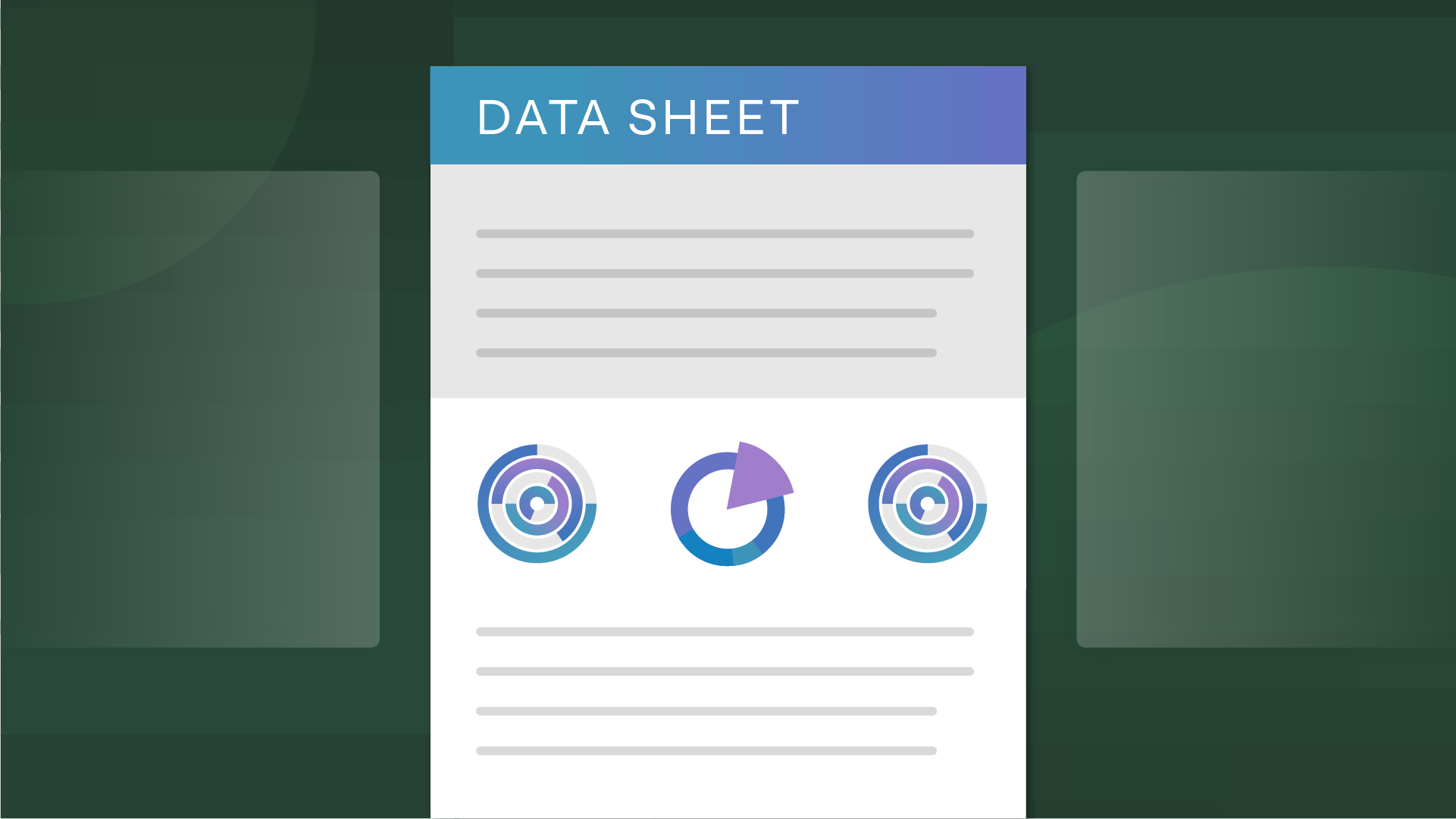The founder of Fractional CISO Rob Black receives countless questions from small to mid-sized SaaS companies about whether a platform-enabled SOC 2 compliance process is right for them.
To come up with the best answer, Black and his team spent several months researching SOC 2 platform vendors, testing software, and developing a comprehensive consideration framework.
Below, we share the key insights discovered during Black’s research, including three core challenges addressed by SOC 2 software and the nine points to consider when evaluating potential platforms for your company.
Why should a SaaS company invest in SOC 2 software?
Many SaaS companies start by managing SOC 2 through manual documentation and spreadsheets. As their business begins to scale, however, a software platform is often a better option providing the following benefits:
Saves employee time and resources
SOC 2 compliance involves collecting and delivering an average of 150 or more pieces of evidence. Even if the process goes smoothly, it requires a significant amount of time and effort. This is especially true for smaller organizations, where the CTO, CIO, and other senior management are typically the only individuals qualified to manage the process.
A SOC 2 platform can reduce the overall time spent working on compliance and free up your team to focus on other operational tasks.
Monitors and documents changes
Change control management is one of the most challenging aspects of SOC 2 for many SaaS companies. When it comes to standard software updates, most organizations have a good grasp of the required change controls.
However, few have mastered control management for compliance-related changes, such as AWS configurations or administrative privileges.
By automating the critical aspects of change management, SOC 2 software can eliminate any confusion surrounding the compliance process.
Supports organization-wide change
SOC 2 involves a collection of new policies and processes for your organization to follow. Within a few weeks or months, teams must adhere to entirely new protocols, such as incident response tabletop exercises, pen tests, periodic internal audits, and more.
While it naturally takes time for organizations to adopt a compliance mindset, SOC 2 software can ease the transition by applying a proven structure, schedule, and best practices to all the required processes.
9 key considerations for SOC 2 software
Finding the right SOC 2 software can be a long process, with each vendor offering different features and insights. Through his research, Black identified nine key considerations to guide the vendor evaluation process and reach your SOC 2 compliance goals.
1. Expert guidance
SOC 2 compliance can be challenging for companies with no cybersecurity experience. A software vendor should be able to guide you through each step, help anticipate challenges ahead of time, and answer important questions along the way.
2. Control-set tiebacks
Connecting each SOC 2 deliverable back to its corresponding criteria can save companies from unnecessary work. For example, while there are five trust service criteria — security, availability, processing integrity, confidentiality, and privacy — SOC 2 audits only require companies to meet the security requirement. By tying each deliverable back to its control criteria, you can focus on what’s necessary for your company’s SOC 2 compliance.
3. Pre-built templates
Documentation of all critical areas, including business continuity, disaster recovery, and incident response, is core to a strong security program. Unfortunately, it’s also one of the most labor-intensive parts of compliance. A SOC 2 platform with ready-made templates built for policies and procedures can be one of the biggest benefits of using a dedicated solution.
4. Auditor workflows
Collaborating with auditors on hundreds of pieces of evidence is a complicated process, especially if only auditing a subset of company information. Platforms that include an auditor workflow tool can prove highly valuable, helping to streamline the end-to-end process for both auditors and internal teams.
5. Evidence management
Organizations can save a significant amount of time by automating evidence versioning, dating, and archiving. For example, specific SOC 2 features can be configured to detect any evidence that is out-of-date or send automated notifications when it’s time to perform another audit.
6. Evidence collection
Many companies maintain evidence across multiple platforms, such as Microsoft 365, AWS, GitHub, or JIRA. By automating the steps to log in, search for information, collect necessary data, and other routine collection tasks, a SOC 2 platform can save considerable resources spend in a manual evidence collection process.
7. Risk management
Risk management is not only mandatory for SOC 2 audits, but for many other security frameworks as well. Look for software that offers rigorous risk assessment features beyond basic compliance and increased visibility into any factors that can jeopardize your overall organization.
8. Vendor management
An organization can have hundreds of vendors in their ecosystem, which makes vendor risk management and evaluation extremely important. To facilitate this process, SOC 2 software should provide a centralized area for organizing and managing vendor data. Ideally, the platform should not only facilitate interaction with vendors throughout the audit process, but also throughout your entire relationship.
9. Re-usable content
Even once the compliance process is complete, your company may follow other frameworks that have some overlap with the SOC 2 audit. In these cases, it’s beneficial to work with a tool that allows you to re-use the evidence already collected for SOC 2 and seamlessly apply it to any other frameworks.
Learn more about gaining compliance by downloading this eBook about the ISO 27001 journey. To learn more about OneTrust Compliance Automation, go here.





















